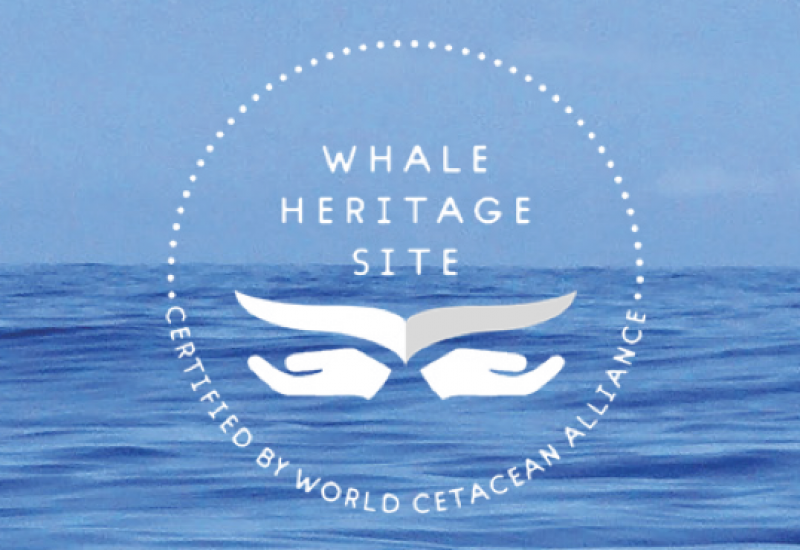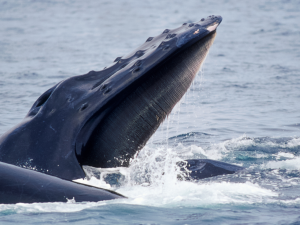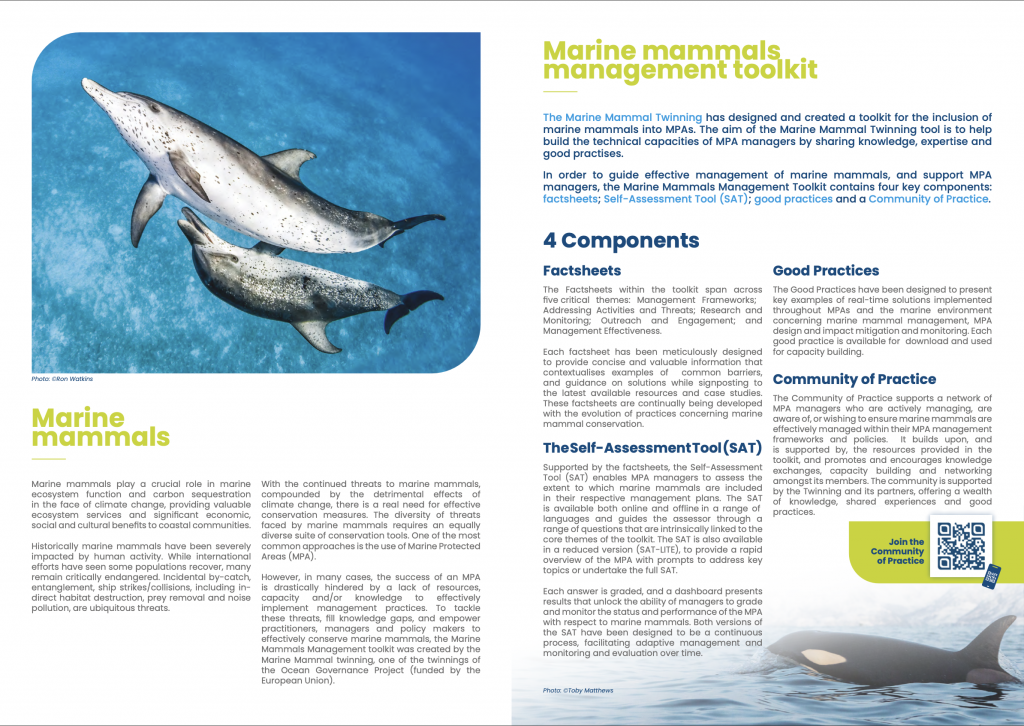In an effort to protect and celebrate the world’s most charismatic marine creatures, the concept of “Whale Heritage Sites” has emerged as a beacon of hope for whale conservationists worldwide. These sites are dedicated areas recognised for their commitment to safeguarding the natural habitat of whales and promoting sustainable whale-watching practices. As more and more people become aware of the importance of marine biodiversity, these sites serve as vital conservation hotspots, where visitors can witness the grandeur of these gentle giants while respecting their well-being.
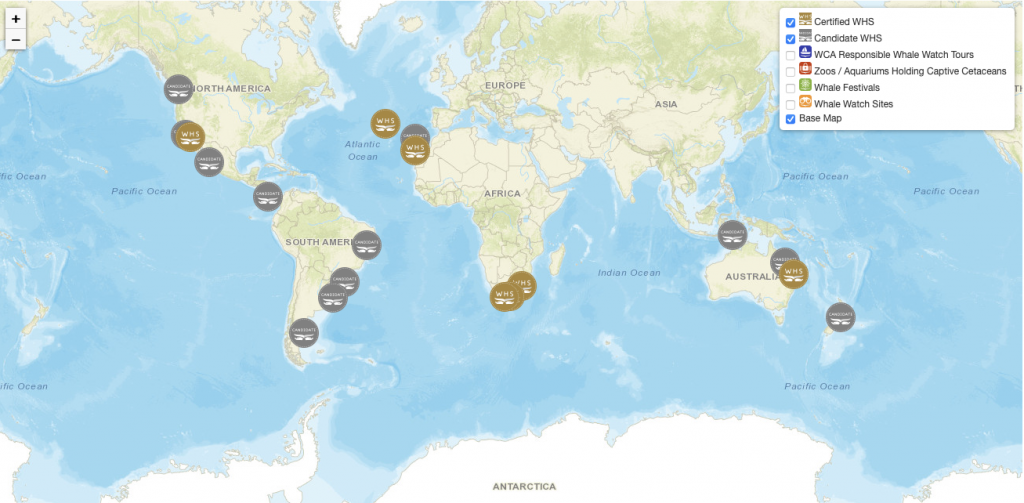
Fig. 1. Map of current Whale Heritage Sites sourced from https://whaleheritagesites.org
Defining Whale Heritage Sites
Whale Heritage Sites, also known as “WHS”, were introduced by the non-profit organisation World Cetacean Alliance (WCA) in 2015. Their primary objective is to recognise and celebrate communities that demonstrate responsible and sustainable whale-watching practices, ensuring the protecting of whale populations and their habitats. The designation of WHS helps create a sense of pride and ownership among local communities, fostering a deeper connection between people and the marine environment.
The Qualification Criteria
For an area to qualify as a Whale Heritage Site, is must meet strict criteria outlined by the World Cetacean Alliance. The primary requirements include:
- Encouraging Respectful Human-Cetacean Coexistence: The WHS has developed, and seeks to continually improve, a responsible framework managing the coexistence of people and cetaceans, most often through the development of responsible whale and dolphin watching tourism.
- Celebrating Cetaceans: The WHS celebrates the close cultural association between cetaceans and people. This can be achieved through the arts, crafts, celebratory events and more.
- Environmental, Social and Economic Sustainability: The WHS aims to achieve an environmentally, socially, and economically sustainable balance between the natural environment, visitor expectations, and local business and community
- Research, Education and Awareness: The WHS recipient has developed, and seeks to continually improve, its commitment towards research, education and awareness.
Fig. 2. Video of WHS in Algoa Bay, South Africa
Source: World Animal Protection https://www.worldanimalprotection.org/innovative-solutions/whale-heritage-sites
Current Whale Heritage Sites
Since the establishment of the programme, several locations around the world have received the prestigious title of Whale Heritage Site. One notable example is Hervey Bay in Australia, renowned for its significant humpback whale population and dedication to responsible whale watching. The Azores archipelago in Portugal is another exemplary site, where local communities have worked diligently to protect various whale species inhabiting their waters.
The Global Impact
The concept of Whale Heritage Sites has not only empowered local communities in their conservation efforts, but also stimulated sustainable tourism and economic growth. By attracting visitors who are eager to witness these majestic creatures in their natural habitat, the sites generate income that can be reinvested in further research, education, and conservation initiatives.
Moreover, the recognition of WHS on a global scale has sparked greater awareness about the fragile state of marine ecosystems and the urgent need to protect them. It has encouraged countries around the world to evaluate their own whale-watching practices and strive for higher conservation standards.
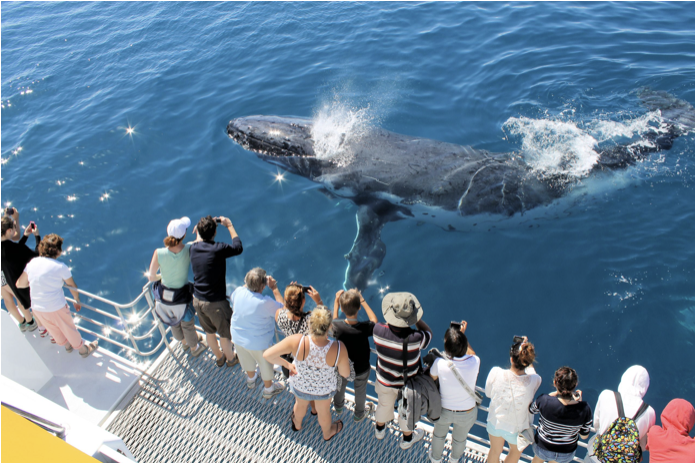
Fig. 3. Image of sustainable whale watching in Azores WHS
Source: https://whaleheritagesites.org
Looking Ahead
As we move forward, it is crucial for governments, non-governmental organisations, and local communities to come together in establishing more Whale Heritage Sites worldwide. By safeguarding these precious marine giants and their habitats, we ensure that future generations will continue to marvel at the sight of whales.
Whale Heritage Sites serve as a shining example of the power of conservation and the potential for positive change when communities unite to protect and appreciate the wonders of the natural world. As more locations aspire to become Whale Heritage Sites, we can hope for a brighter future for our oceans and the magnificent creatures that call them home.
Fig. 4. Video from Whale Heritage Sites introducing WHS
Source: https://whaleheritagesites.org
Text adapted from: https://whaleheritagesites.org/about-us/

